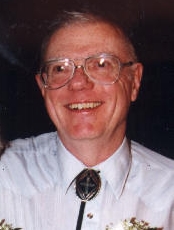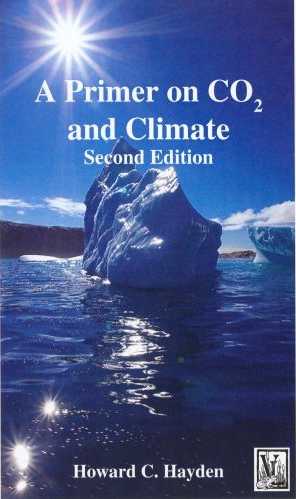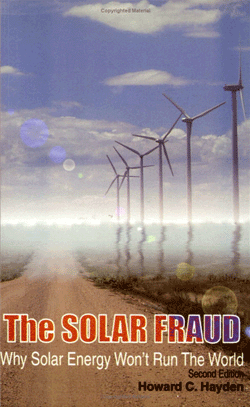Pages: 87
Publisher: Vales Lake Publishing, LLC
Year: 2007; 2nd ed. 2008
ISBN: 0971484562
ISBN: 978-0971484566
ISBN: 0971484554
ISBN: 978-0971484559
Websites: www.phys.uconn.edu/people/faculty/emeriti/hayden
Hayden's Primer is based on the notion that the first step in understanding the relationship between CO2 and climate is to gather the facts. Outputs from computer programs are not data. - Amazon
Pages: 281
Publisher: Vales Lake Publishing, LLC
Year: 2002; 2nd ed. 2005
ISBN: 0971484546
ISBN: 978-0971484542
ISBN: 0971484503
ISBN: 978-0971484504
Websites: www.phys.uconn.edu/people/faculty/emeriti/hayden
The dreamy-eyed predictions all failed because they were based on emotional urges and political agendas rather than honest assessments. The gurus were numerous, but solar energy is a topic of science, where votes don?t count, even when they come from high-profile lawyers, political appointees, and leaders of environmental organizations.
The Solar Fraud explains the realities of solar energy, especially how much one can expect from solar sources
From the Publisher
In 1978, Ralph Nader told us that ?everything will be solar in 30 years?, while Dennis Hayes, director of President Carter?s Solar Energy Research Institute, predicted ? ?50% solar by the end of the century.? As late as 1990, the Union of Concerned Scientists predicted that the solar contribution would be 15.8% in 2000. The actual present-day contribution of renewable energy to the total energy picture is only 7%. Biomass and hydropower, which both owe their energy to sunlight, are the two sources that are responsible for the 7% contribution. Solar heat, solar electricity, and wind combined provide just a little over one one-thousandth of our energy.
In 1980, Howard C. Hayden, a physics professor, contradicted the official Carter Administration prophesies and predicted that solar energy would account for 2.5-10% our energy in the year 2000. His estimate was based on sound physics, and was far better than the politically based ones.
Why was Hayden right? The reasons lie in the laws of nature, not the laws of man, according to Hayden?s new book, The Solar Fraud: Why Solar Energy Won?t Run the World.
According to The Solar Fraud, sunlight is dilute, so that vast areas of land are required to provide useful amounts of solar energy. It is unlikely that society will tolerate the use of tens of thousands of square miles for the production of energy, even if sunlight is the source, says Hayden. Wind power is limited by the laws of physics. ?The likes of Worldwatch Institute and Greenpeace won?t like this book,? he adds.
The Solar Fraud is written for the intelligent layman and includes extensive energy information for teachers, engineers, people wanting to generate power for their homes, and others interested in energy. - Amazon




